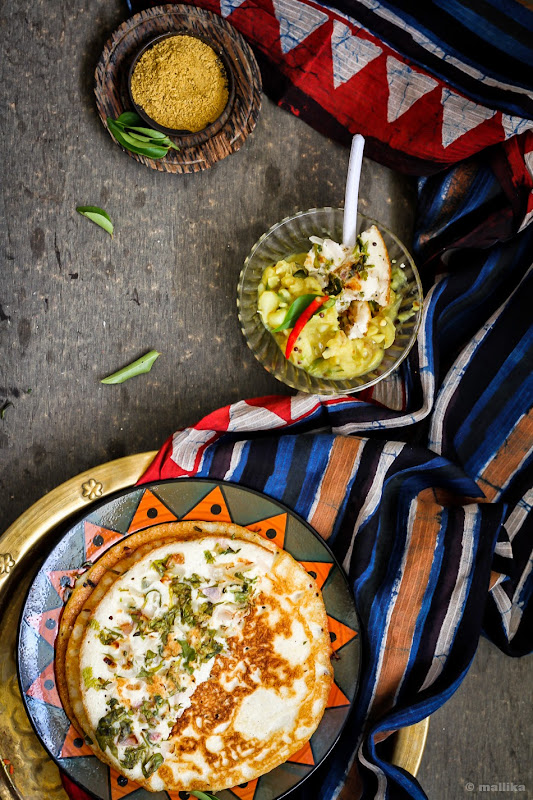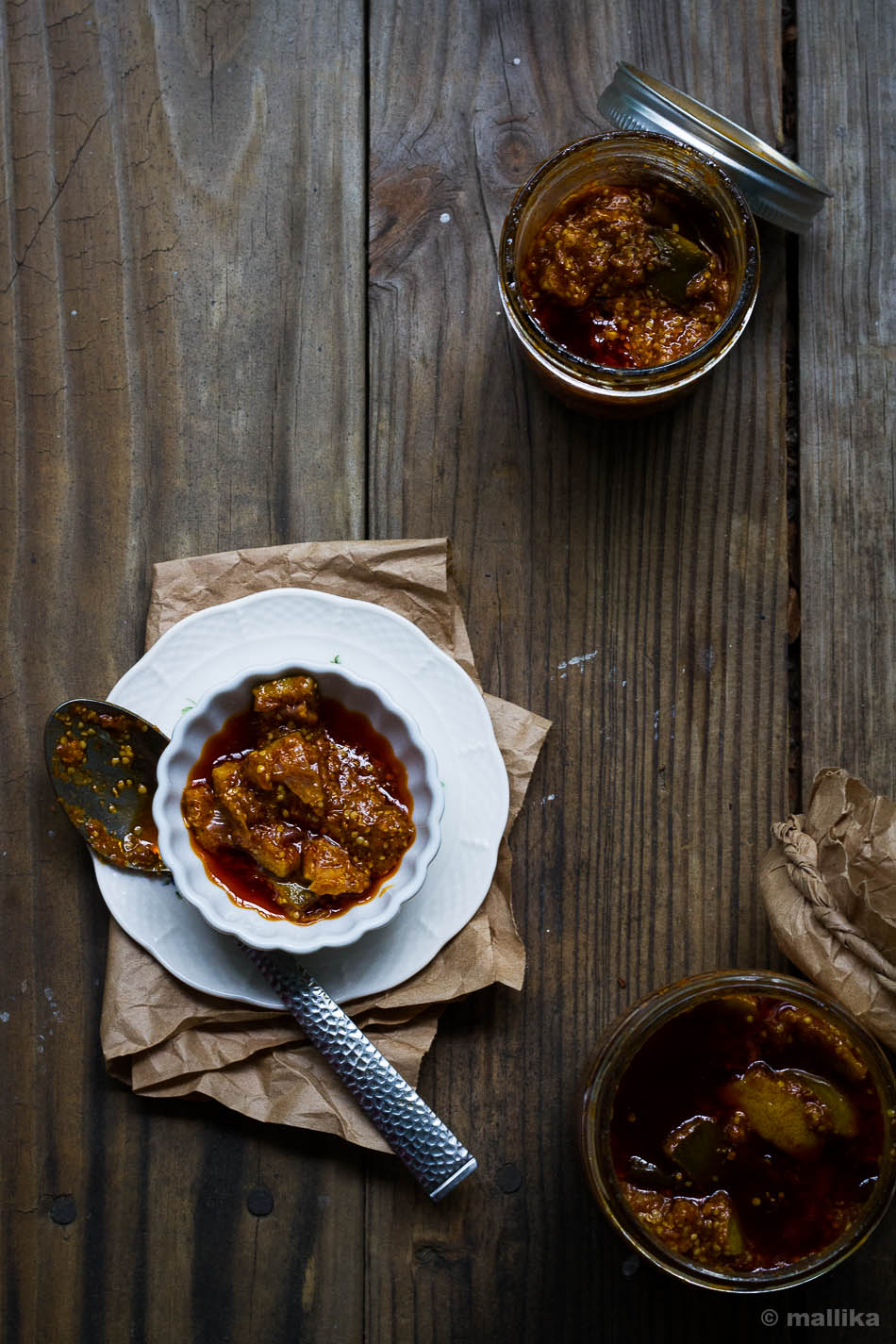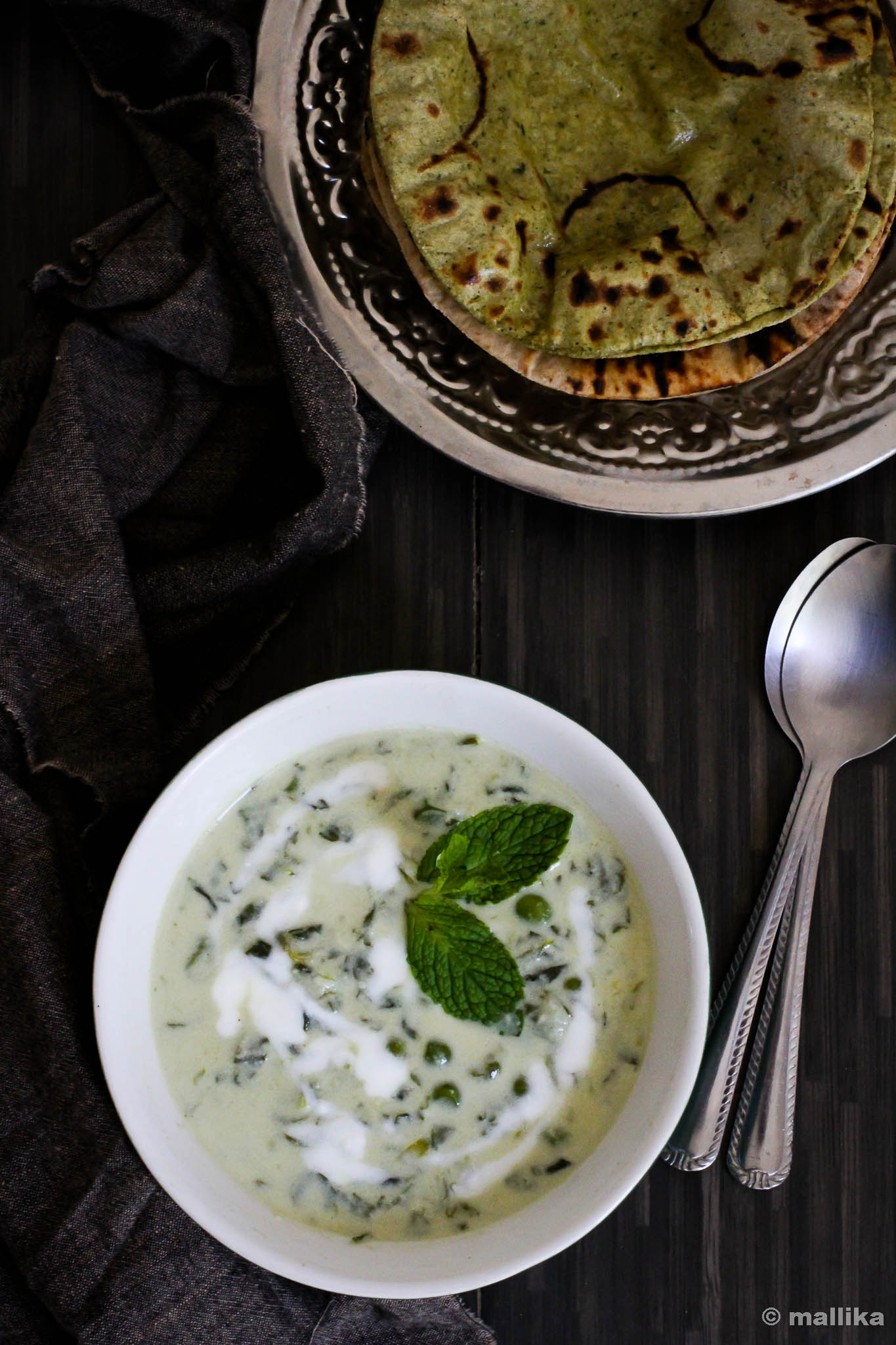I have attempted to bake a Red Velvet cake on several occasions in the past. There’s a strong temptation to get the perfectly red one with beets and no fake colouring. Alas, I failed. So, I call this one a Velvet Beet cake and not a Red Velvet cake that I would have loved to call otherwise. It’s funny because, each time I got perfectly baked cake with pleasing results and good texture, it was sans that deep red colour that would qualify it to be called as a Red Velvet cake. It always ended up brown and chocolatey, often good to be christened as a nice Chocolate cake. Even the best of the beet cake recipes have not helped me.
So it stays to be a Beet cake, till I achieve the perfect palette of colours in them and share them with you here. :)
None can ever figure out that beets are sneaked in there. Not even the husband who saw me busy puree them late night and putting them together! He says he can’t imagine a cake out of beets. But why not, when we have cakes made from carrots? And you are sure to get a thumbs up. Don’t let the folks know there’s a vegetable in there. It makes them biased. Instead, let them enjoy, allow them to take second and third helpings and let the cat out of bag later. I bet you’ll get gawked looks like I did! It’s amusing.
I say this one is extremely healthy. Because I use olive oil instead of butter, beet puree makes up for the eggs, organic vanilla powder and brown organic sugar add depth of flavors instead of the refined one. So it’s eggless, butterless and certainly healthy with vegetable sneaked it. I feel no guilt when I feed my daughter the slices of this cake as she despises beets in their true form. This way though I sneak them into her and I am a happy mother to a cheerful toddler.
So it stays to be a Beet cake, till I achieve the perfect palette of colours in them and share them with you here. :)
None can ever figure out that beets are sneaked in there. Not even the husband who saw me busy puree them late night and putting them together! He says he can’t imagine a cake out of beets. But why not, when we have cakes made from carrots? And you are sure to get a thumbs up. Don’t let the folks know there’s a vegetable in there. It makes them biased. Instead, let them enjoy, allow them to take second and third helpings and let the cat out of bag later. I bet you’ll get gawked looks like I did! It’s amusing.
I say this one is extremely healthy. Because I use olive oil instead of butter, beet puree makes up for the eggs, organic vanilla powder and brown organic sugar add depth of flavors instead of the refined one. So it’s eggless, butterless and certainly healthy with vegetable sneaked it. I feel no guilt when I feed my daughter the slices of this cake as she despises beets in their true form. This way though I sneak them into her and I am a happy mother to a cheerful toddler.
Velvet Beet Cake
Recipe minimally adapted from here
INGREDIENTS
1 medium sized, beetroot (boiled until tender, then puréed)
1/3 cup oil (I used Olive-Pomace oil)
1 1/4 cup organic brown sugar
1 1/2 tsp. organic vanilla powder
1 1/3 cup plain flour
1/4 tsp. salt
1/2 tbsp. cocoa powder
1 1/2 tsp. baking powder
1 cup milk (use any vegan milk of your choice, like soy or cashew milk for vegan option)
DIRECTIONS
Preheat oven to 180 deg C. Grease the bundt pan with oil and dust with plain flour.
Wash thoroughly and boil the beet until its soft and tender. Using a blender/mixer, purée it to a fine paste along with milk and brown sugar. Opt for regular sugar if you don't have brown sugar. Next add in oil and vanilla powder/ extract and blend further until incorporated. Set aside. In a separate bowl, sift together flour, cocoa powder, salt, and baking powder. Add the flour mixture to the beet milk mixture and stir gently until all is well incorporated into the batter. Bake for 40 minutes or till done. Insert a toothpick in the center of the cake and test for done. Remove and allow the cake to cool on a cooling rack. Serve as is or with dollops of cream or ice cream.





























